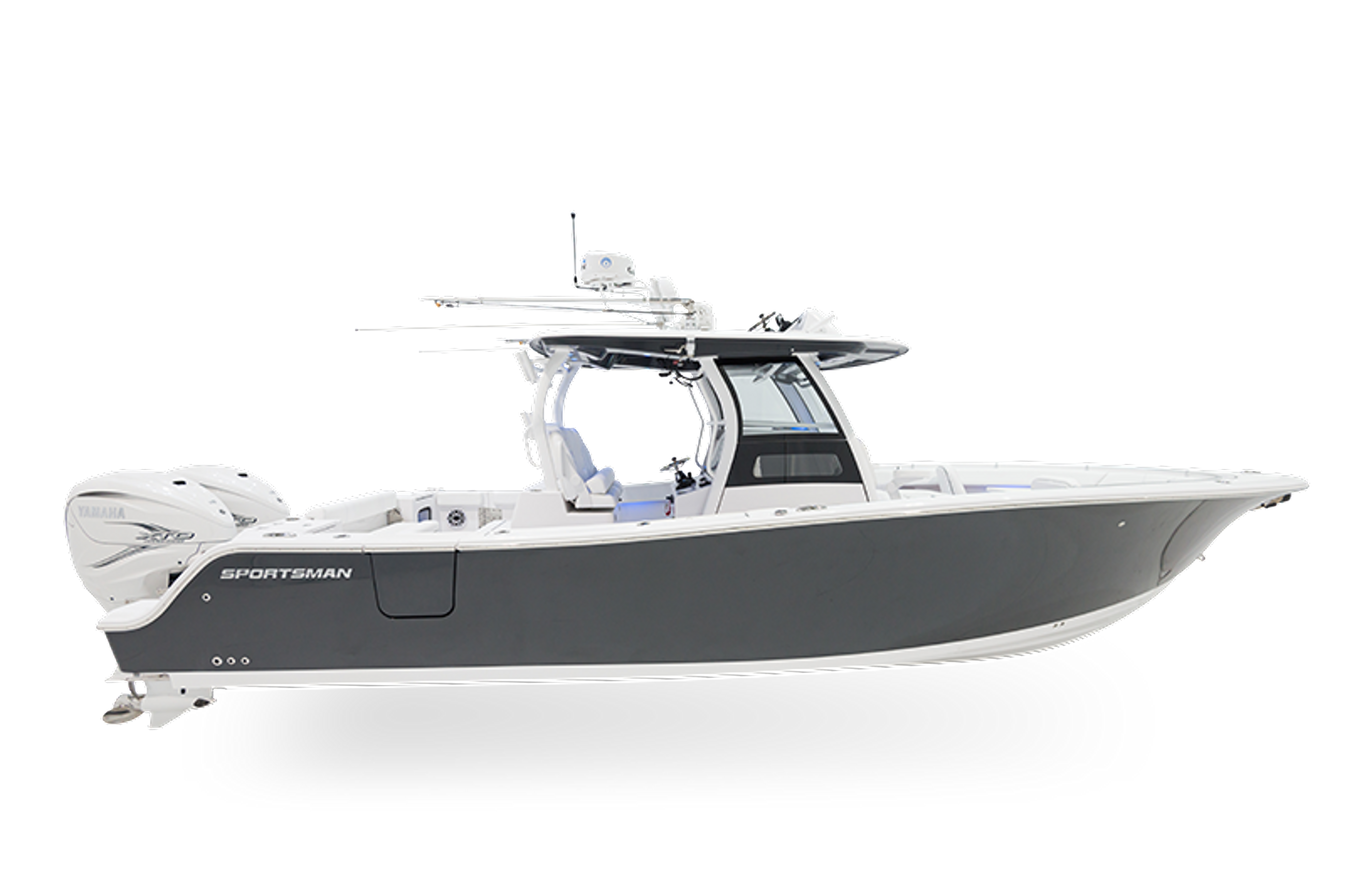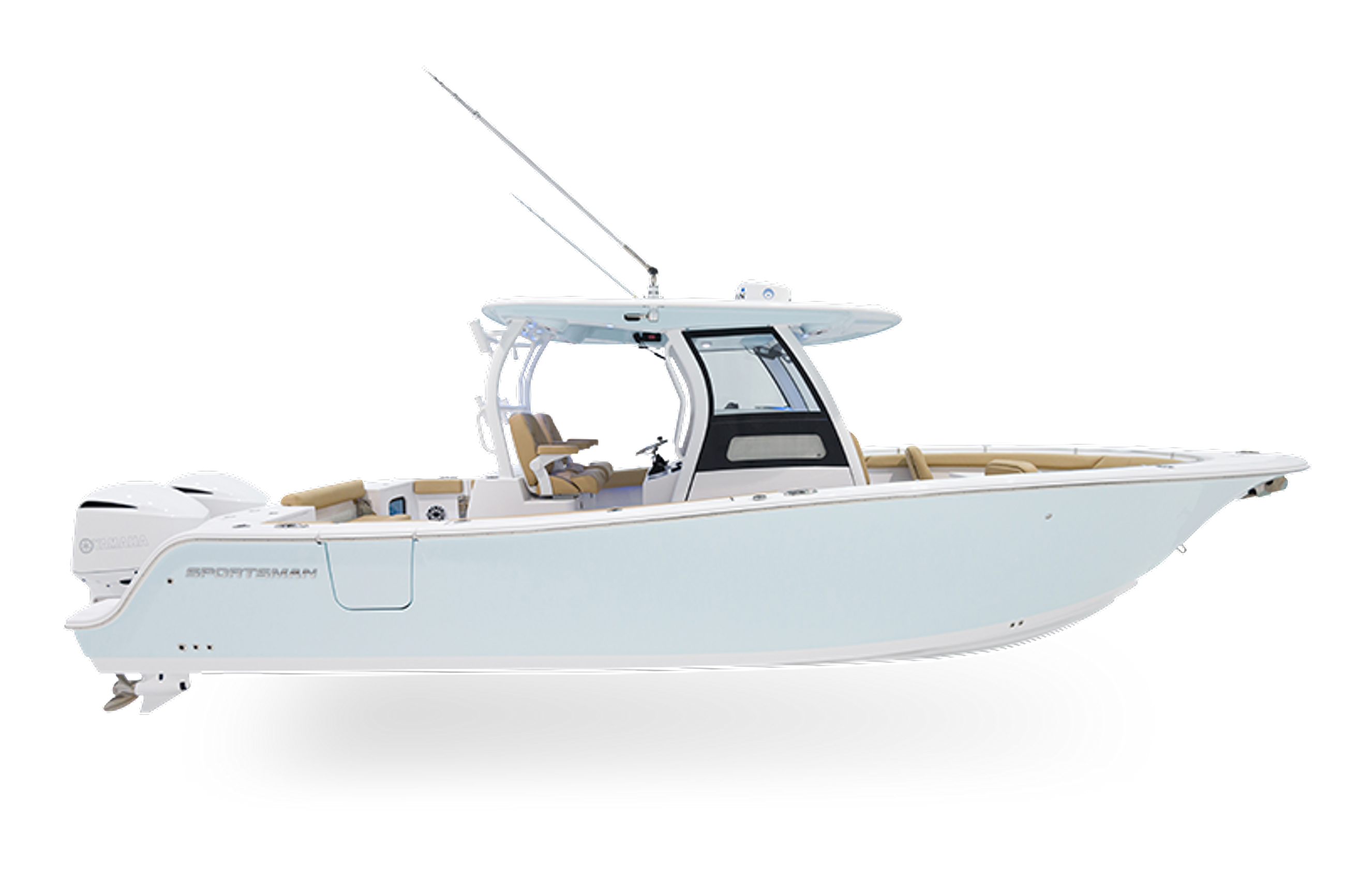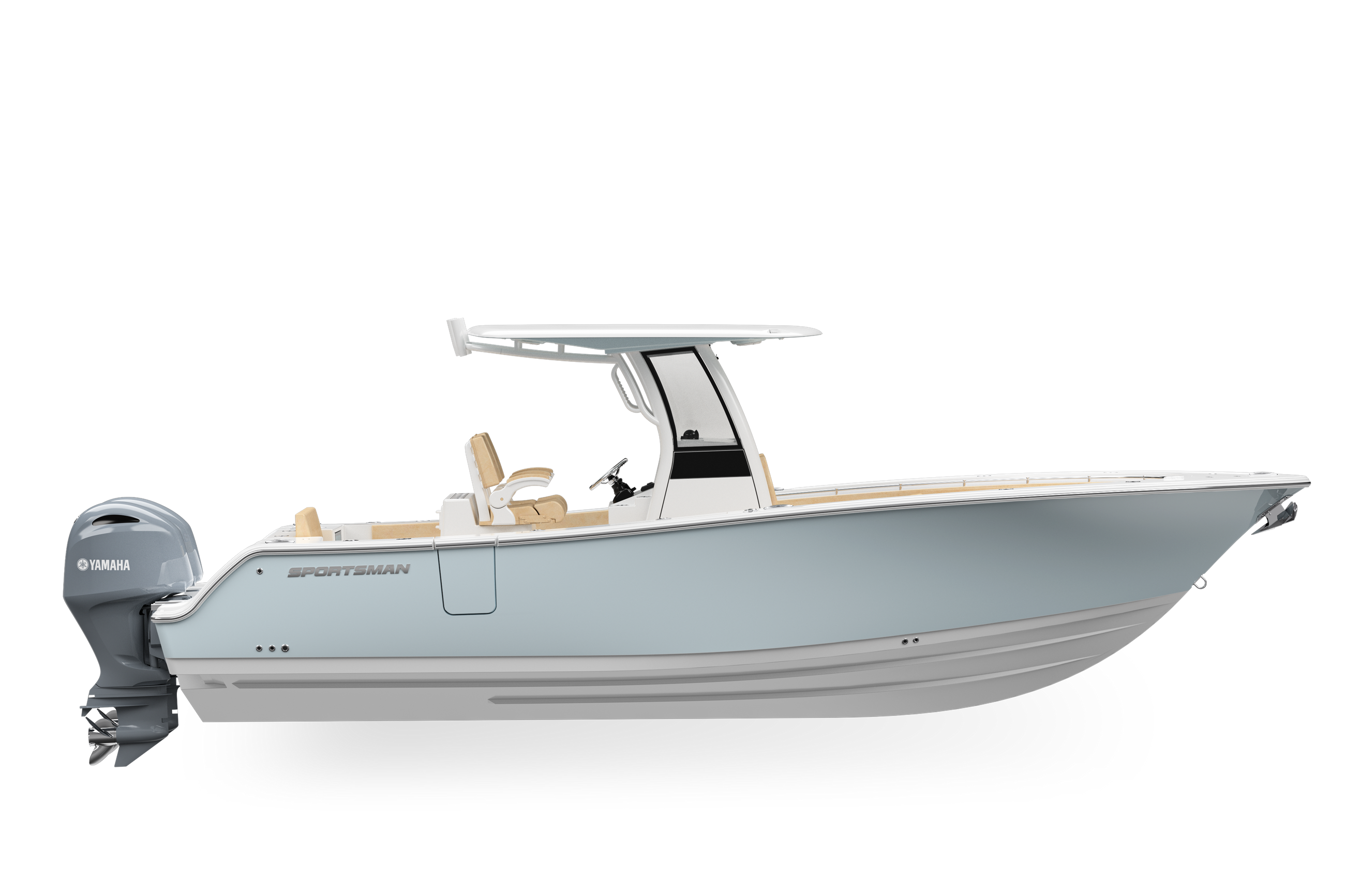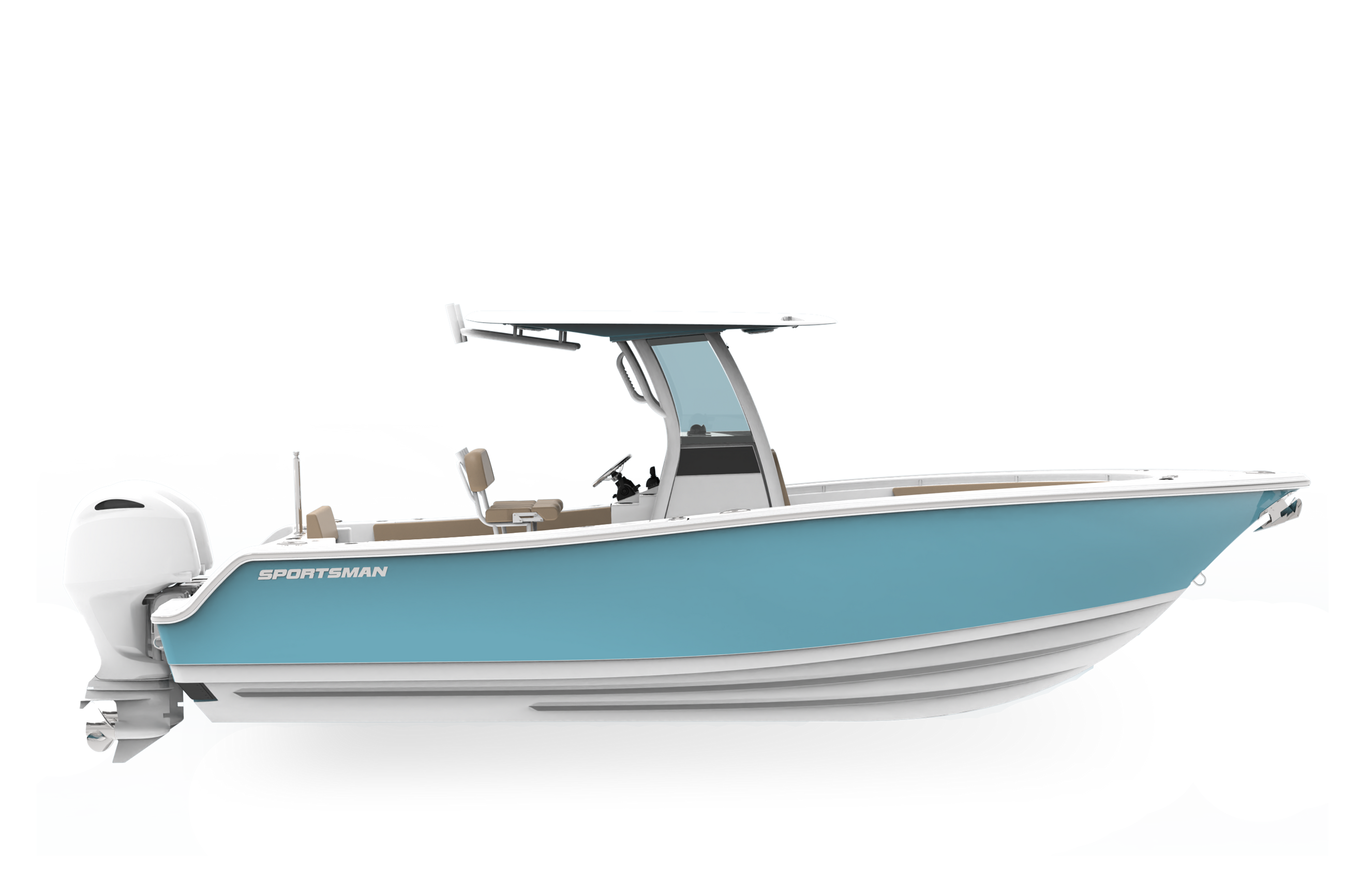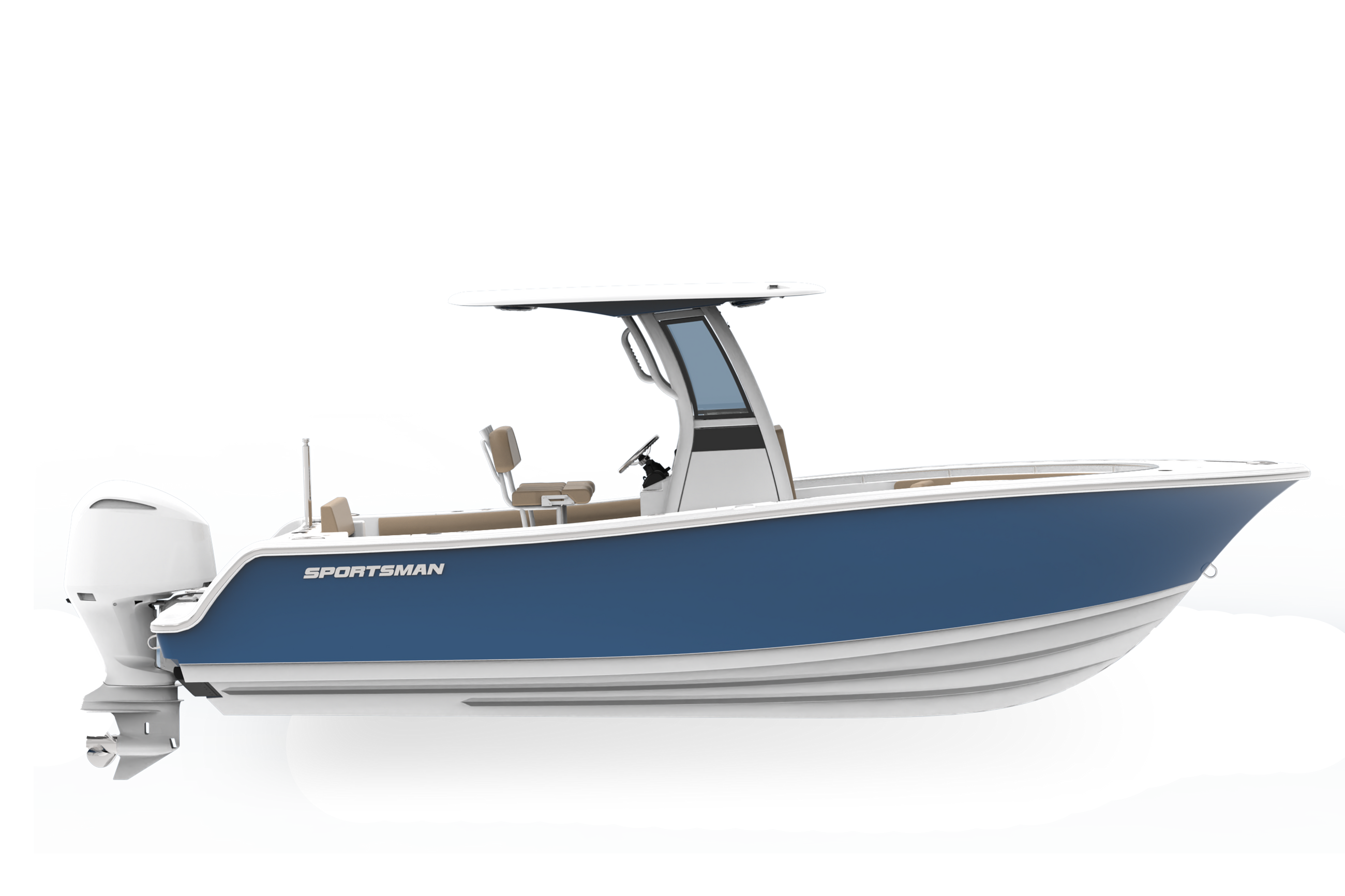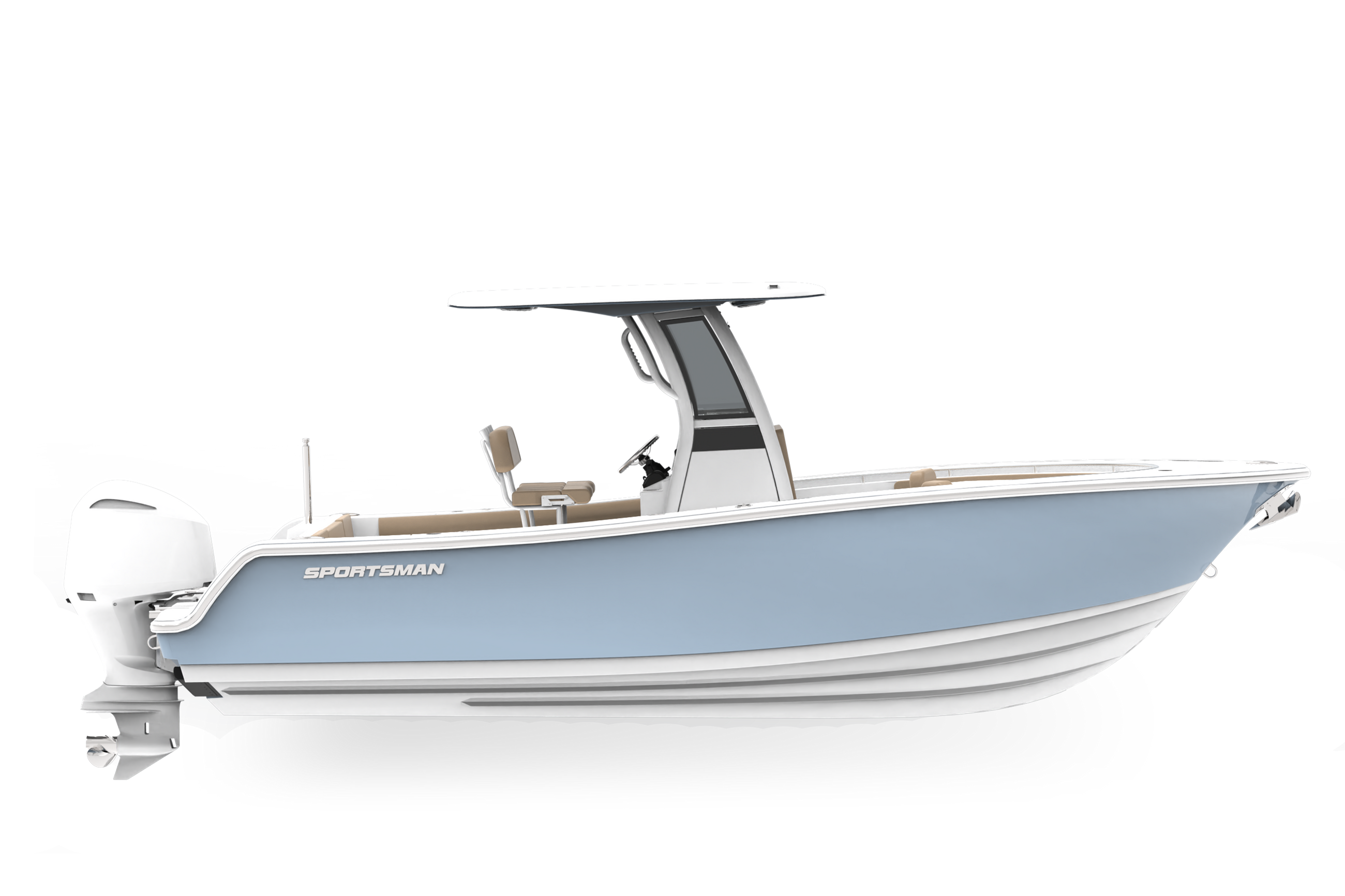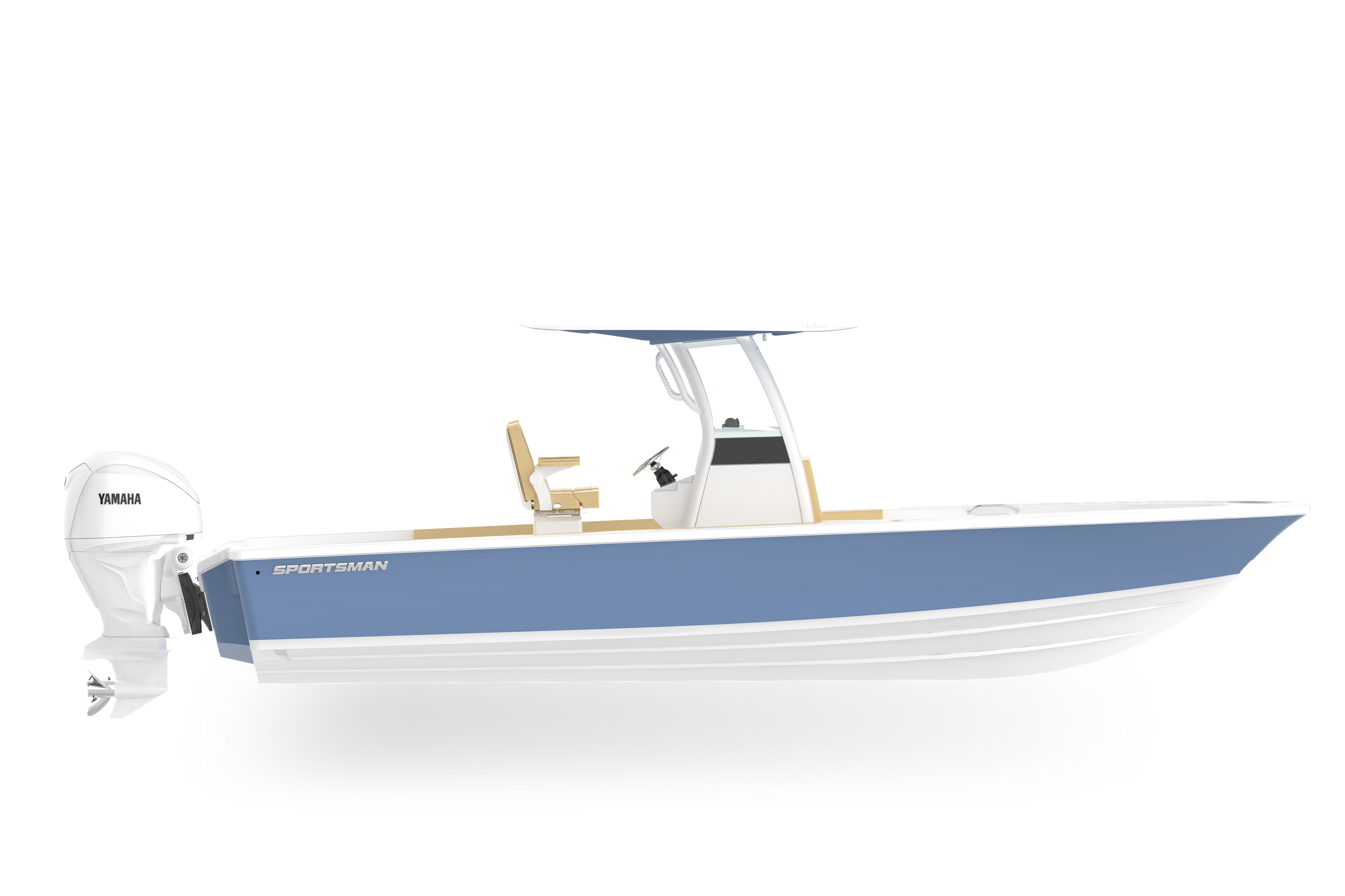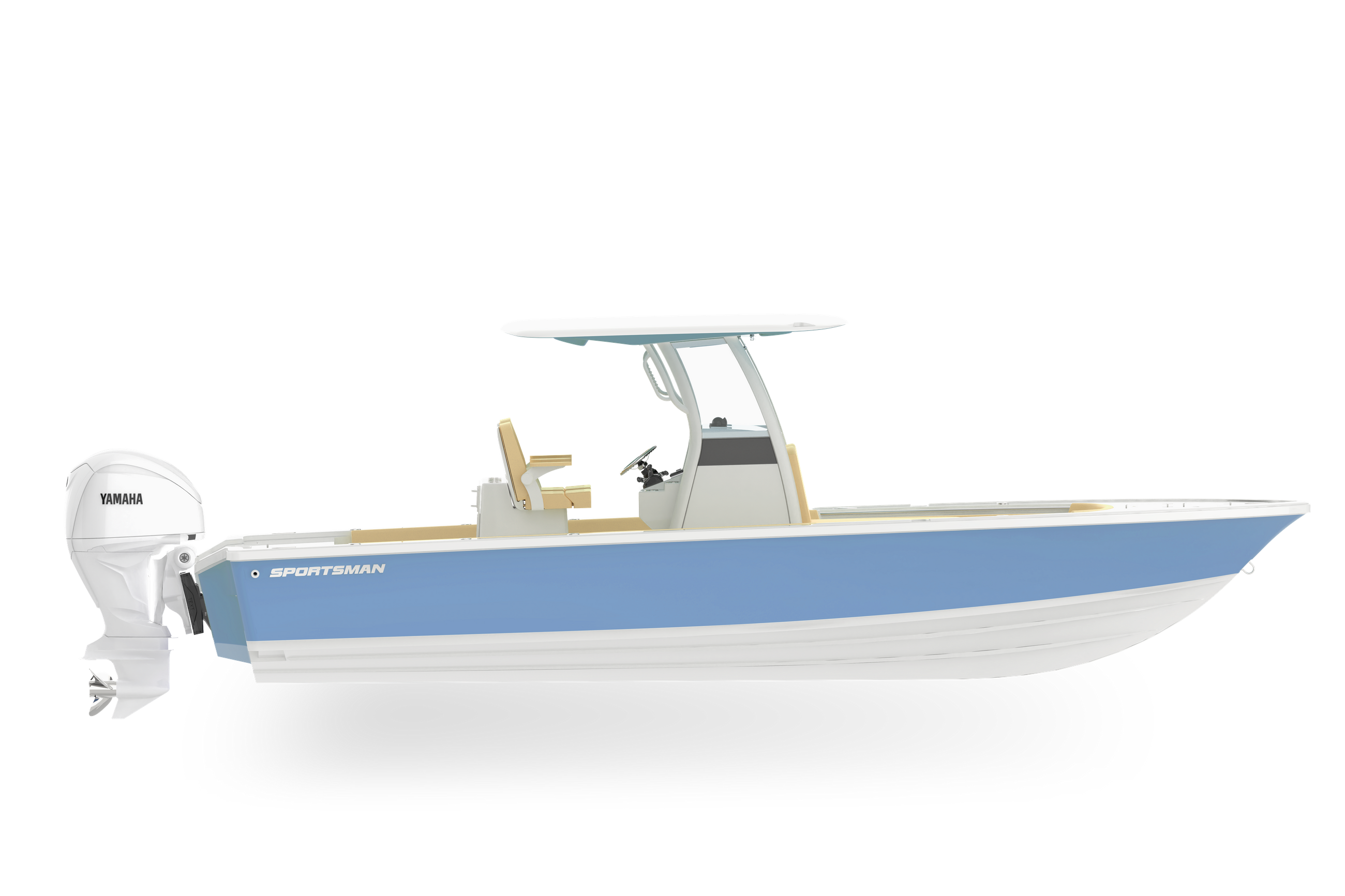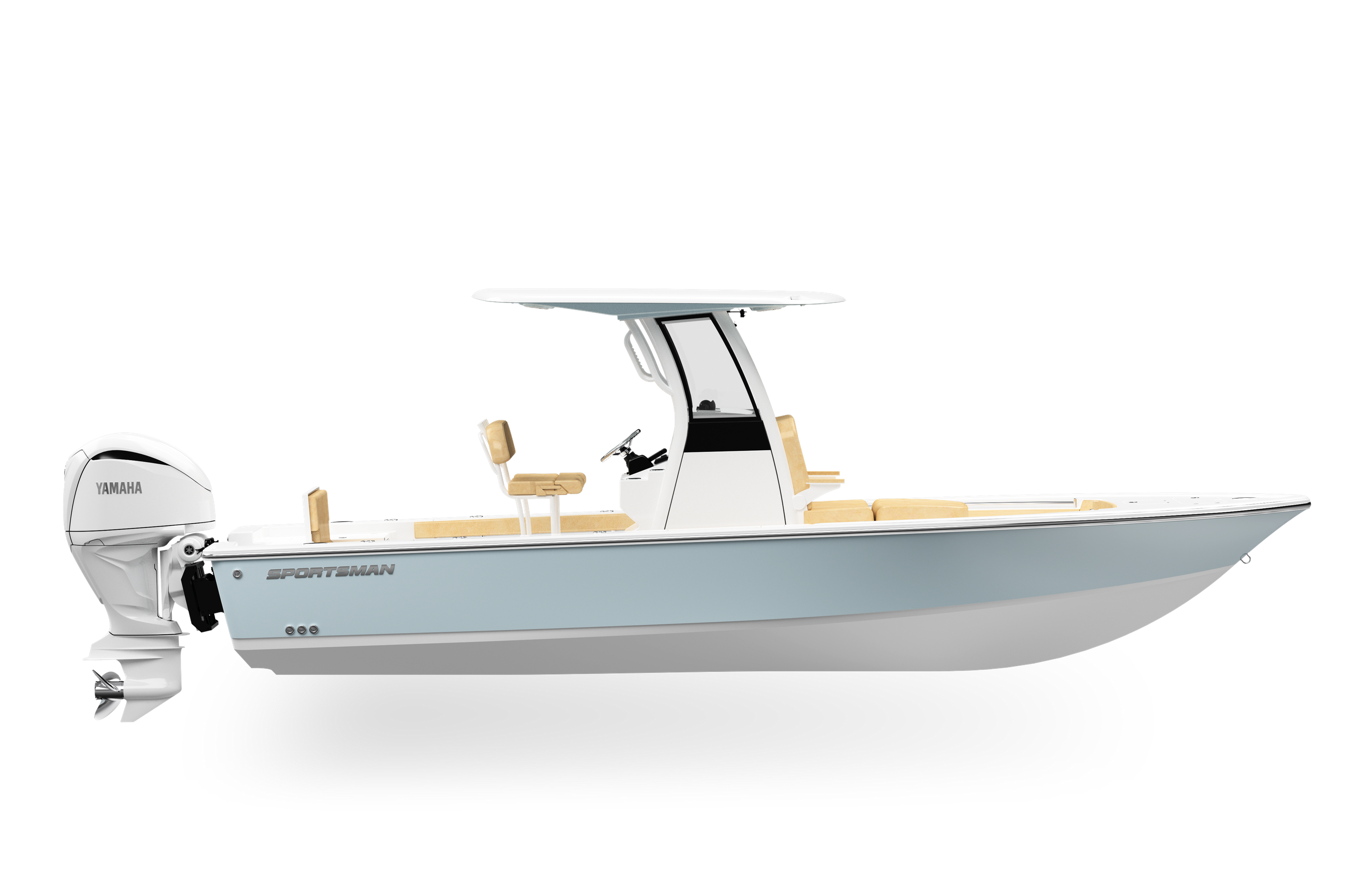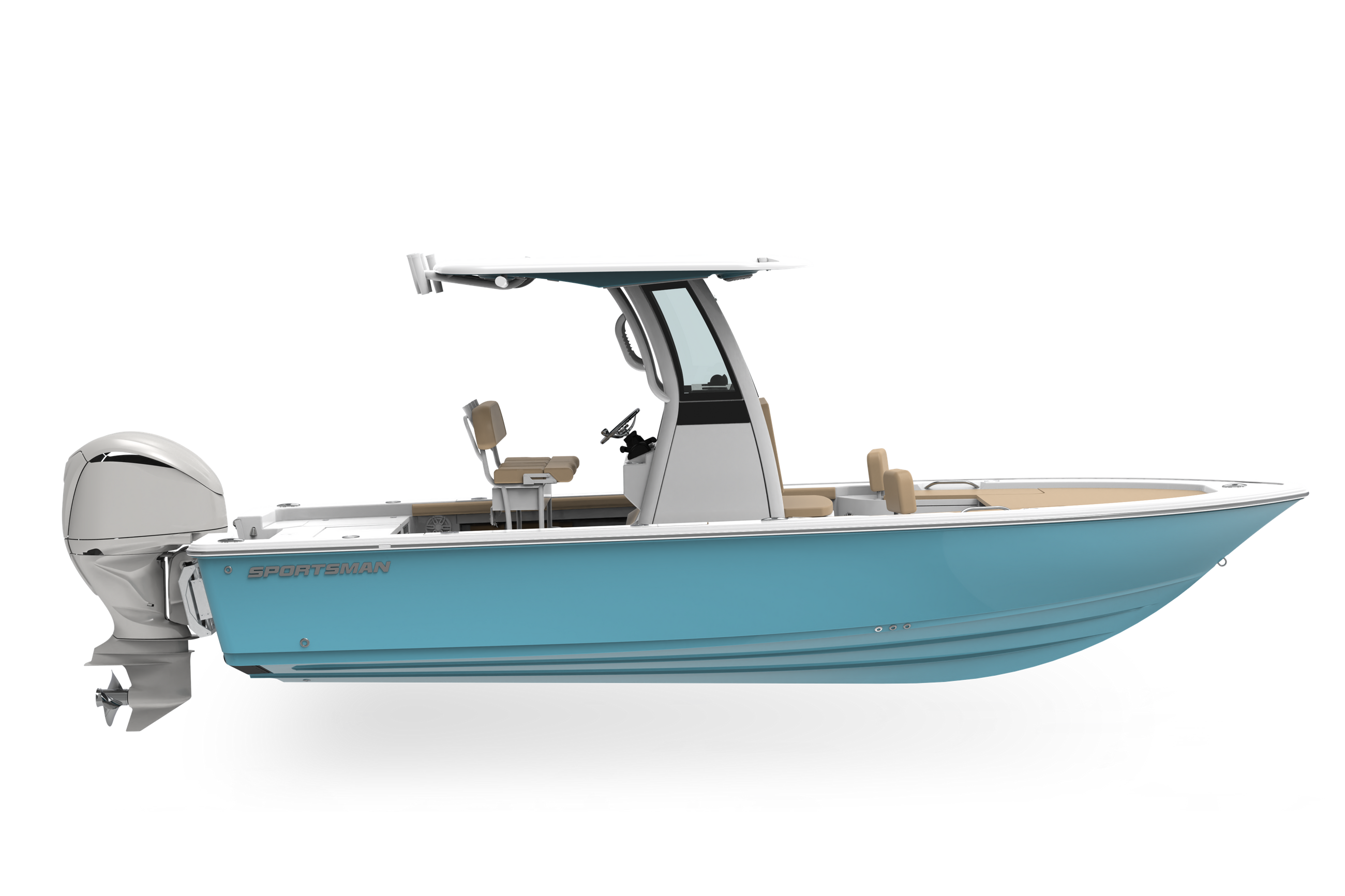Hurricane Preparedness for Your Boat, On and Off the Trailer
Preparing your boat for hurricane season is crucial, whether it’s on a trailer, in-slip, or on a lift. This guide provides essential tips to secure your vessel, prevent damage, and ensure your boat is storm-ready.
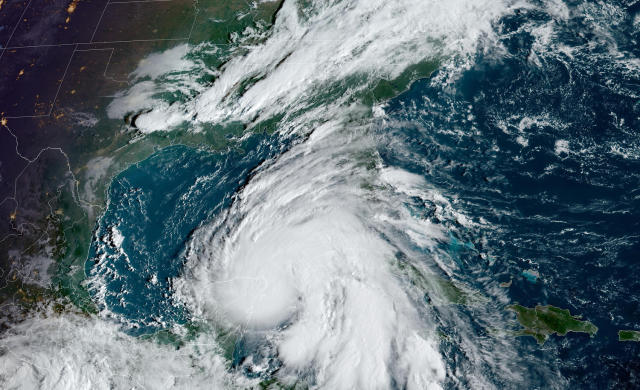

Living on the Coast (especially in Florida), hurricane season is something none of us look forward to. Being prepared is the only safe solution to what can sometimes be a bad situation. I want to talk about some of the key safety recommendations on how to secure your boat on land (trailer), water (in-slip), and on a lift.
When storing your boat on the trailer for a storm, I try to make sure it’s somewhere out of reach of a tree or fence. I do this so that if anything falls, it won’t fall onto the boat. Once in a safe location, remove the drain plug and start removing anything loose (cushions, antennas, stereo covers, misc. items like pliers, gaffs, shammies, Biminis, storage covers). You want to remove and store those items so they don’t become projectiles and cause unneeded damage to your boat, vehicles, or house. Once I have everything removed or stored securely, I will go around and tie down any loose items I can’t remove from the boat. I will then chock all sides of the trailer in both directions and raise the tongue jack up as high as it will go. Please make sure your scuppers are free of debris prior to the storm and that your batteries are fully charged so if water somehow gets trapped in the hull, your bilge pump can operate. I have gone as far as putting some stakes in my lawn and strapping the boat trailer to them so it won’t roll anywhere in severe winds.
For boats being left in the water, I do most of the above steps (minus the obvious land-only ones). I start by putting my bow into the known wind direction of the storm. I will always turn power off at my dock so as not to burn anything out, but before doing so, I make sure all my batteries are fully charged and keep them on the charger up until the water level starts rising. I will double up on every line as well as crisscross some doing what I call the spider web effect. I leave them with enough slack to compensate for rising water levels and try to run the lines through “weather boards” with my fenders on pilings. (A weather board is a piece of 2x4 or 4x4 wood or composite that runs diagonal to my fenders and between them and the pilings on the dock). My normal weather boards are around 5-6 ft long, and I run three large fenders behind them to span an area of dock or pilings and prevent hull damage. These work great as they won’t push out of the way like a single or double fender will against a piling.
Lastly, for boats on a boat lift, you want to make sure the boat is as stable as possible on the lift, ensuring the weight is over the bunks and as close to the COG as you can get it. Trim your engine up to where it’s above the keel of the boat, so it doesn’t get caught in any wave action. I will do all the above trailer steps as well. I normally raise my boat up around 4 ft over the water (depending on location). Some people like to take their drain plug out when the boat is on the lift; this is also a great step but can be a double-edged sword if water levels rise higher than your boat. I unfortunately don’t have access to mine, so I make sure my batteries are fully charged prior to, and that no debris is in the bilge or scuppers to hinder any water escaping. Once the boat is at your comfortable height, I will run 8 tight lines from the boat to the pilings. One on each corner to avoid the side-to-side swaying, and a bow and aft spring on each side to stop the boat from moving forward or backward. I have done the above through many storms with success and no damage to my boat.
With all the different scenarios above, I highly recommend taking a ton of pictures of the boat once it’s secure, as your insurance company will want to see what actions you took to prevent any damage. You can also file those pictures with some of the above steps as a hurricane plan to your insurance company.
I hope these tips help and are never needed. For more information on a hurricane plan, Sea Tow and BoatUS offer some great tips and advice above and beyond the above.

